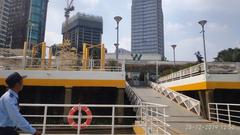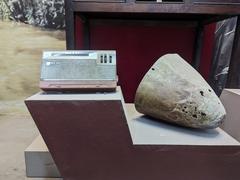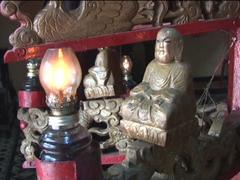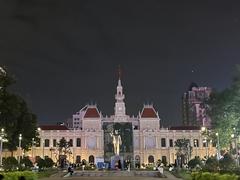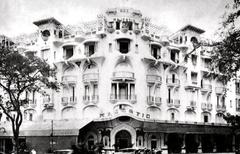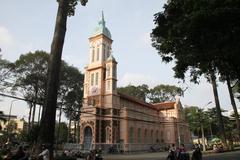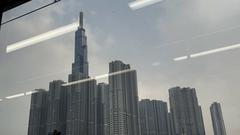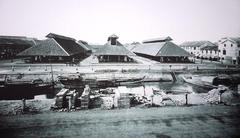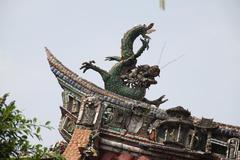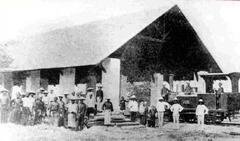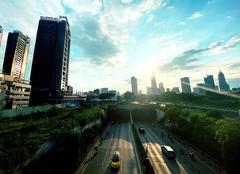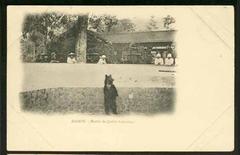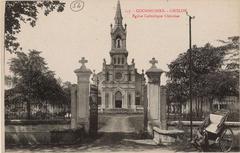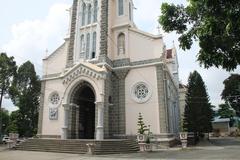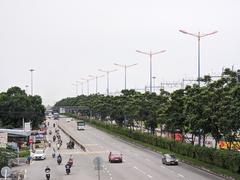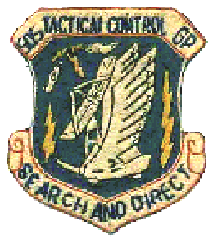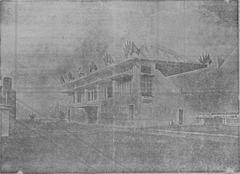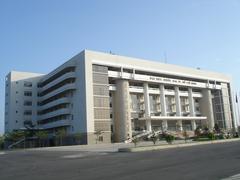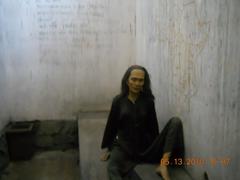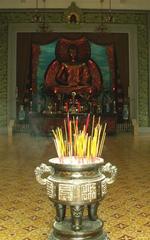Phường 3 Ho Chi Minh City Visitor Guide
Date: 17/08/2024
Introduction
Phường 3, located in District 3 of Ho Chi Minh City, stands as a remarkable blend of history, culture, and modernity, making it an essential stop for any visitor to Vietnam. Known for its rich historical background, Phường 3 has been a focal point during various significant eras, from early Cham settlements to French colonial rule and the Republic of Vietnam period. This district is particularly noted for its revolutionary history and its role in Vietnam’s struggle for independence (Wikipedia).
The area offers a diverse array of attractions, including historical sites, architectural marvels, and vibrant cultural spots. Key landmarks like the War Remnants Museum and the Southern Women’s History Museum provide a poignant look into Vietnam’s past, while the French colonial buildings and modernist structures reflect its evolving architectural landscape (Life of Doing).
For visitors, Phường 3 is easily accessible and offers a variety of activities and experiences. From exploring bustling street food markets to enjoying the lively nightlife, there is something for everyone. Practical information such as visiting hours, ticket prices, and transportation options are readily available to ensure a smooth and enjoyable visit. Whether you are a history buff, a foodie, or just someone looking to soak up the local culture, Phường 3 promises a memorable experience (Nomadic Matt).
Table of Contents
- Introduction
- History of Phường 3, Ho Chi Minh City
- Cultural Significance
- Architectural Highlights
- Visitor Information
- Practical Information
- FAQ
- Conclusion
History of Phường 3, Ho Chi Minh City
Early Settlement and Colonial Era
Phường 3, located in District 3 of Ho Chi Minh City, has a rich historical background that dates back to the early settlement periods. Initially, the area was part of a Cham settlement known as Baigaur. Over time, the Cambodians took over and renamed it Prey Nokor, transforming it into a small fishing village. By 1698, under Vietnamese control, it was officially renamed Gia Định, a name that persisted until the French conquest in the 1860s (Wikipedia).
During the French colonial era, Saigon, including Phường 3, underwent significant urban development. The French aimed to transform Saigon into a major colonial town, leading to the construction of various French-style buildings. Notable structures from this period include the Notre-Dame Cathedral and the Central Post Office, both of which are located in District 1 but have influenced the architectural landscape of nearby areas like Phường 3 (Wikipedia).
Republic of Vietnam Era
The Republic of Vietnam era saw further development in Phường 3. The area became a focal point for modernist architecture, with significant buildings such as the Independence Palace replacing older structures. This period also witnessed political turmoil, including the 1963 self-immolation of Buddhist monk Thích Quảng Đức in protest against the Diệm regime. This event took place in District 3, highlighting the area’s historical significance (Wikipedia).
Post-Vietnam War and Modern Developments
After the Vietnam War, Saigon was renamed Ho Chi Minh City in 1976 to honor the late Communist leader Ho Chi Minh. Phường 3, as part of District 3, became an integral part of the newly unified city. The area has since seen numerous administrative changes, most recently in 2020, when District 2, District 9, and Thủ Đức District were consolidated to form a municipal city (Wikipedia).
Cultural Significance
Phường 3 is home to several culturally significant sites. The War Remnants Museum offers a poignant look at the Vietnam War through various exhibits, including the Agent Orange section and displays of war paraphernalia (Life of Doing). Another notable site is the Southern Women’s History Museum, which showcases the contributions of women throughout Vietnam’s history (Life of Doing).
Architectural Highlights
Phường 3 boasts a mix of architectural styles, reflecting its diverse history. The area features French colonial buildings, modernist structures from the Republic of Vietnam era, and contemporary developments. The Central Post Office, designed by French architect Gustave Eiffel, is a prime example of French colonial architecture and remains operational today (Life of Doing).
Visitor Information
Hours, Tickets, and Tours
- Visiting Hours: Most attractions in Phường 3 are open from 8 AM to 5 PM. Specific timing for sites like the War Remnants Museum is from 7:30 AM to 6 PM.
- Tickets: Admission to the War Remnants Museum is 15,000 VND ($0.65). The Southern Women’s History Museum offers free entry.
- Guided Tours: Several guided tours are available, offering in-depth insights into the area’s history and culture. Check with local tour operators for schedules and pricing.
Visitor Tips
For tourists, Phường 3 offers a variety of attractions and activities. The War Remnants Museum is a must-visit, though it can be emotionally intense. Admission costs 15,000 VND ($0.65), making it an affordable stop (Life of Doing). The Southern Women’s History Museum is another hidden gem, offering free admission and a chance to learn about Vietnam’s history from a unique perspective (Life of Doing).
Practical Information
Local Cuisine
No visit to Phường 3 would be complete without indulging in the local cuisine. The area is known for its vibrant street food scene, offering everything from pho noodle soup to banh mi sandwiches. The bustling Ben Thanh Market, located nearby in District 1, is a treasure trove of local delicacies and fresh produce (Medium).
Nightlife and Entertainment
Phường 3 also offers a lively nightlife scene. Nguyen Hue Walking Street, located in District 1 but easily accessible from Phường 3, is a popular destination for evening strolls and people-watching. The street is lined with cafes, restaurants, and shops, making it a perfect spot to soak up the vibrant atmosphere of Ho Chi Minh City (Incredible Asia Journeys).
Accessibility
Phường 3 is relatively accessible for visitors with disabilities. Many of the main attractions have ramps and facilities to accommodate wheelchair users. However, some older buildings and narrow alleys may pose challenges, so it’s advisable to check accessibility details in advance.
Environmental Concerns
Like much of Ho Chi Minh City, Phường 3 faces environmental challenges, particularly flooding. The city is considered one of the most vulnerable to the effects of climate change. During the rainy season, a combination of high tide, heavy rains, and land subsidence results in regular flooding in several parts of the city (Wikipedia).
FAQ
Q: What are the visiting hours for the War Remnants Museum? A: The War Remnants Museum is open from 7:30 AM to 6 PM.
Q: How much does it cost to visit the War Remnants Museum? A: Admission to the War Remnants Museum costs 15,000 VND ($0.65).
Q: Are there guided tours available in Phường 3? A: Yes, several guided tours are available. Check with local tour operators for schedules and pricing.
Q: Is Phường 3 accessible for visitors with disabilities? A: Many attractions in Phường 3 have ramps and facilities to accommodate wheelchair users, but some older buildings may pose challenges.
Conclusion
Phường 3 in Ho Chi Minh City is a must-visit for anyone interested in Vietnam’s rich history and vibrant culture. From historical landmarks to bustling street food markets, Phường 3 offers a memorable experience for every visitor. Don’t forget to download our mobile app Audiala for more travel tips and updates. Follow us on social media to stay updated on the latest travel news and insights.
References
- Wikipedia contributors. (2023). Ho Chi Minh City. Wikipedia, The Free Encyclopedia. source url
- Life of Doing. (2023). Things to do in Ho Chi Minh City, Vietnam. source url
- Nomadic Matt. (2023). Ho Chi Minh City Travel Guide. source url
